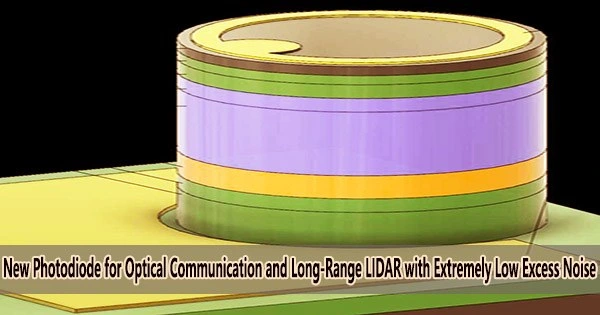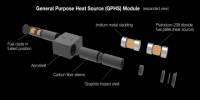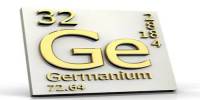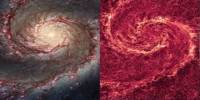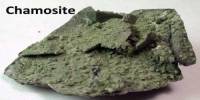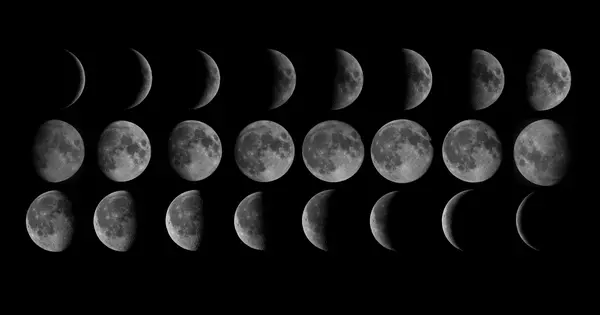Long-range LIDAR (Light Detection and Ranging) is a type of LIDAR that is designed to detect objects at a greater distance than traditional LIDAR systems. LIDAR works by emitting laser beams that bounce off objects and return to the sensor, allowing the system to create a three-dimensional map of the surrounding environment.
Light-like optical pulses are utilized in Light Detection and Ranging (LIDAR) for three-dimensional imaging and for information transmission in high-speed optical fibers.
Since a photon is the quantized energy unit of light, both of these applications require light sensors or photodiodes that can detect very low levels of light intensity down to a few photons.
A newly published paper, “Extremely low excess noise avalanche photodiode with GaAsSb absorption region and AlGaAsSb avalanche region,” in Applied Physics Letters, details a discovery by a Sheffield research team that has the capability to transform a single electron at its input to a cascade of electrons at its output.
A photodiode that incorporates this multiplication mechanism is known as a “avalanche photodiode (APD),” and this multiplication process is usually referred to as “avalanche breakdown.” APDs, or avalanche photodiodes, have internal gain by the application of reverse voltage, which implies that when compared to PIN-photodiodes, they typically have a greater signal-to-noise ratio.
One of the longstanding limitations of infrared APDs is a relatively high added noise from the multiplication process that limits the maximum multiplication factor. This in turn prevented infrared APDs from reaching the performance limit predicted by established models.
Professor Chee Hing Tan
The team’s newly created photodiode, however, displays a high multiplication factor with barely any additional noise. At a multiplication factor of 20, the measured noise factor is at least three times lower than that of a commercial avalanche photodiode. The photodiode is consequently more beneficial due to higher sensitivity when there is less noise because there is less interference with the recognition of signals.
In the published paper, the team of researchers from the Department of Electronic and Electrical Engineering, led by Head of Department Professor Chee Hing Tan, demonstrated that they can combine a new semiconductor alloy with a wider bandgap semiconductor AlGaAsSb multiplication region. The GaAsSb absorption area, which has outstanding detection effectiveness at infrared wavelengths (up to 1,700 nanometers), serves as the foundation for the novel semiconductor alloy.
This study represents a significant advance in infrared APD, as InP-based commercial APDs have been operating at their limitations since the 1990s. In 2012, the team headed by Prof. Tan first introduced AlGaAsSb-based APDs and demonstrated their low noise performance. Since then, the performance has been steadily enhanced using a variety of designs. The wafers were grown by the EPSRC National Epitaxy Facility at Sheffield.
In this work, the wafers were transformed into devices by Tarick Blain while Ye Cao performed the measurements and modeling. Jonathan Taylor Mew, Longyan Li, contributed additional support in modeling, measurements and analysis and Jo Shien Ng, illustrating the importance of crucial contribution of effective teamwork to the research carried out in the Department of Electronic and Electrical Engineering at the University of Sheffield.
Speaking about the research and the publication of this ground-breaking article in the field of infrared avalanche photodiodes, Professor Chee Hing Tan said, “One of the longstanding limitations of infrared APDs is a relatively high added noise from the multiplication process that limits the maximum multiplication factor. This in turn prevented infrared APDs from reaching the performance limit predicted by established models.”
“Our breakthrough result, with an excess noise factor of 2.48, is approaching the theoretical lower limit of 2. This provides the pathway to realize extremely low noise APD that I believe can generate step changes in optical communication and long range LIDAR.”
